In the article, we will examine whether it is possible to do fluorography with menstruation. Russia is a country with a rather unfavorable situation for a disease such as tuberculosis, therefore, every adult is recommended to undergo a special examination once a year, which can identify this ailment in the initial stages. This is the best way of prevention, which for many years has proven its effectiveness. However, women who have been given a referral to such a study often have the following question: “Is it possible to do fluorography with menstruation?”
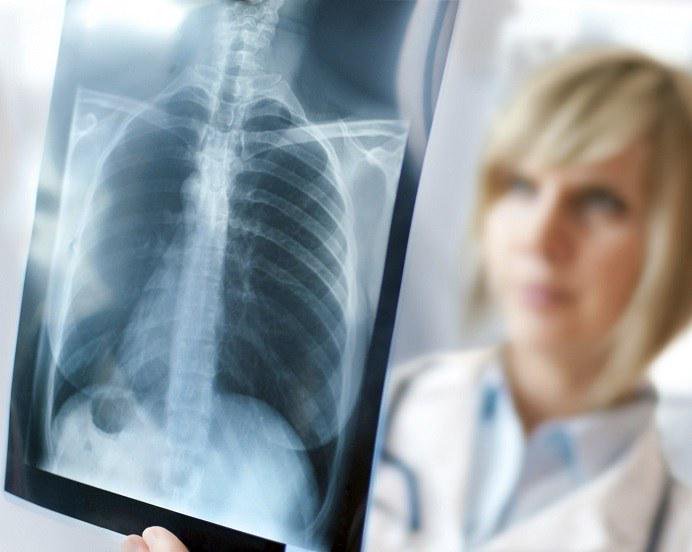
What it is?
Why fluorography? This is a type of X-ray examination, the meaning of which is to photograph organs and tissues of the human body using X-rays from a special screen, followed by digitization or fixation on a film and displaying the resulting image on a monitor. As a rule, a study is used to diagnose some pathologies of the lungs, although before it was practiced in other medical industries, for example, in gastroenterology.
How many times a year can fluorography be done? Ideally, not more often, but at least once every 12 months. Depending on the equipment present at the hospital, people can be digitally or film-coated with fluorography. The film method is the most common. With it, x-ray radiation passes through the desired part of the patient's body (chest) and gets on the film. The methodology provides for a rather high, when compared with the digital method, radiation exposure - 0.2–0.5 mZV, and the film image quality is below average.
The digital form of research is more modern and works similarly to a camera. The x-ray beam passes through the human body and enters a special matrix, after which it is digitized, and the image is displayed on the monitor. The main advantage of this method is a small radiation dose, which allows women to conduct this study during menstruation and even children.
Why fluorography? A fluorographic study helps to detect the presence of a wide variety of pathological processes in the lungs, including tuberculosis, pneumonia and malignant neoplasms. And if pneumonia is accompanied by coughing and fever, oncological diseases and tuberculosis often do not make themselves felt for a long period without causing pathological symptoms. Here, fluorography comes to the aid of specialists.
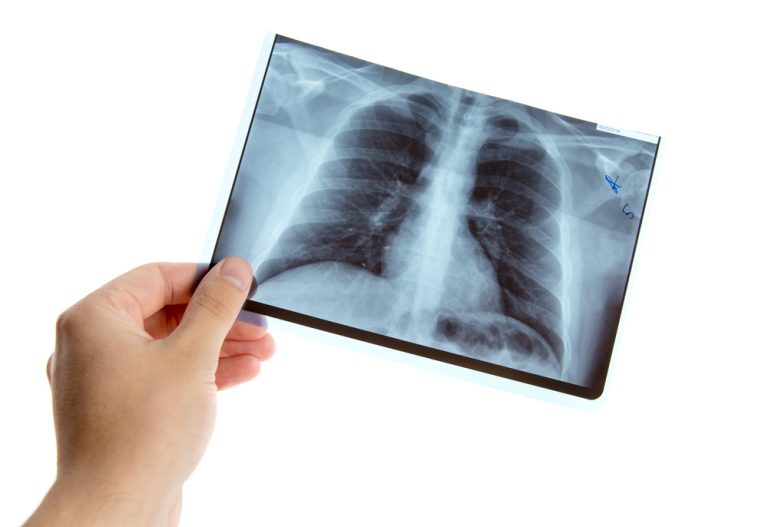
X-ray benefits
Fluorography is a study that is akin to x-ray, but is accompanied by a much lower proportion of radiation. The study is carried out once a year during routine physical examinations - this can be done at any public clinic or private institution that has the necessary technical equipment for this.
How to prepare for fluorography?
No additional preparation is required for fluorography: it is enough to come to the fluorography office, where the doctor will ask you to remove clothes and jewelry from above the waist (for women who have long hair, it is recommended to remove them from their shoulders). After this, the person approaches the device, takes a special pose: the chin is on the stand, hands should be rested on the hips, chest should be pressed against the screen, the elbows should be spread wide apart.
How to undergo fluorography, not everyone knows. The specialist leaves the office and gives a signal when the patient needs to hold his breath. Before this, as a rule, short instructions are issued, so a person knows exactly what is happening to him and how to behave. Then the patient holds his breath for several seconds, during which the picture is taken. The entire medical procedure takes no more than five minutes. When it is finished, you can leave the office, and at the set time, you will only have to come for the results.
Is fluorography harmful to health? This is a common question.
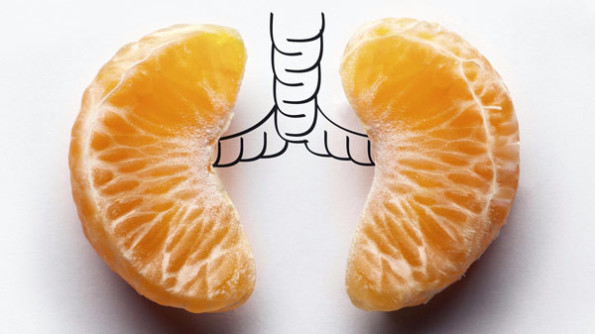
Menstruation fluorography
Menstruation in itself does not prevent women from undergoing fluorographic examinations: the proportion of radiation that the patient will receive in the process is too insignificant. However, experts recommend undergoing fluorography in the first half of the menstrual cycle, when spotting has already stopped, but the period of ovulation has not yet begun. There are two reasons for this:
- Possible pregnancy. If you undergo a fluorographic examination in the second half of the monthly cycle, when ovulation has already passed, there is no guarantee that the embryo does not develop in the woman’s uterus. And in the first trimester, even the lowest doses of radiation cure can negatively affect the development of the fetus and lead to the development of serious anomalies or diseases. If the patient undergoes menstruation during fluorography, this is not a guarantee of the absence of pregnancy, since there are many cases when the first menstruation during pregnancy passes as usual.
- General weakness. Even if the patient easily tolerates menstruation, there is a chance that fluorography will negatively affect it and provoke unpleasant symptoms that, as a rule, are not observed: increased menstrual bleeding, headache, irritability, abdominal pain, weakness, dizziness, fainting. This is due to the effect that radiation has on the composition of human blood.
So, is it possible to do fluorography with menstruation? If a woman uses contraceptives, she is not going to become pregnant and does not have problems with the hormonal, reproductive and circulatory systems of the body, she may well undergo the procedure during menstruation.
Contraindications
How many times a year you can do fluorography, we told. Are there any contraindications to this procedure?
If we talk about healthy women, then you do not need to worry about menstruation during fluorography. However, not all patients are healthy, so not every such study is prescribed for menstruation. There are a number of cases in which menstruation is a contraindication to fluorography.
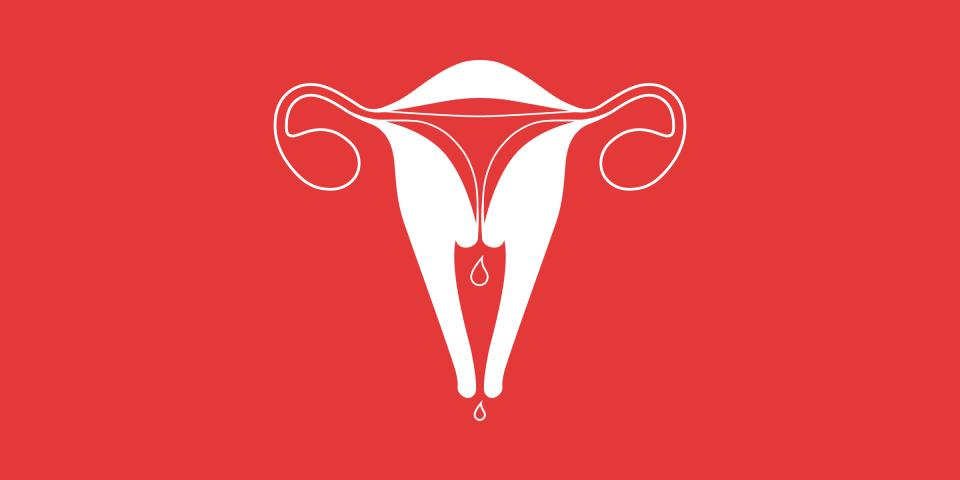
Endometrial diseases
The main one is an endometrial disease of any nature. With such pathologies, radiation affects the process of rejection of this layer of the uterus during menstruation, which can cause some serious problems.
Pregnant and children
Another important contraindication to fluorography is pregnancy and children less than 15 years old. As relative limitations, severe shortness of breath and the inability of the patient to be upright, as well as claustrophobia, should be noted. At what age is fluorography prescribed? For a teenage girl of less than fifteen years, fluorography during menstruation is a bad decision, and this is due to several reasons:
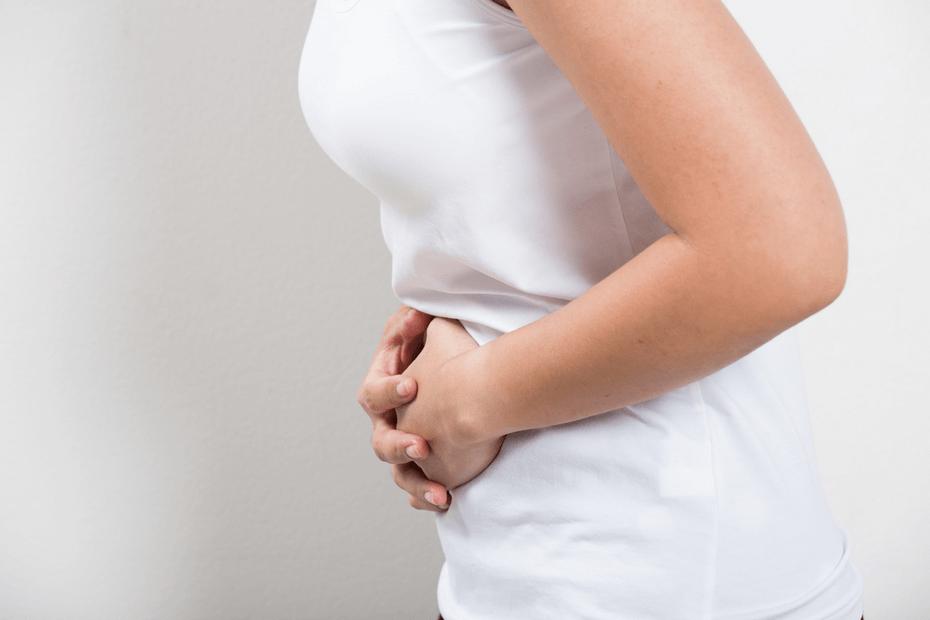
- Hormonal instability. An organism at this age is just being formed. Menstruation in the girl goes without any system, there is a significant imbalance in hormonal levels. An additional load in the form of fluorography can interfere with the formation of the reproductive system and significantly disrupt the hormonal balance.
- Stress state. Even a minor medical procedure can cause stress in a teenager: the general atmosphere of the medical institution, as well as the need to wait in line can adversely affect the girl and provoke violations.
If, for certain reasons, the teenager is still assigned to conduct this study, as a rule, more gentle methods that do not affect the body are used.
Pregnancy fluorography
The egg, suitable for the onset of fertilization in the future menstrual cycle, moves from the ovaries to the uterine cavity at the end of menstruation. If fluorography is done at this time, it is likely that this procedure will affect the structure of the egg, make it non-fertile, or be affected by anomalies with further development of the fetus. Ideally, if the patient plans to conceive in the near future, she should refrain from undergoing such a medical study at least six months before the alleged pregnancy.
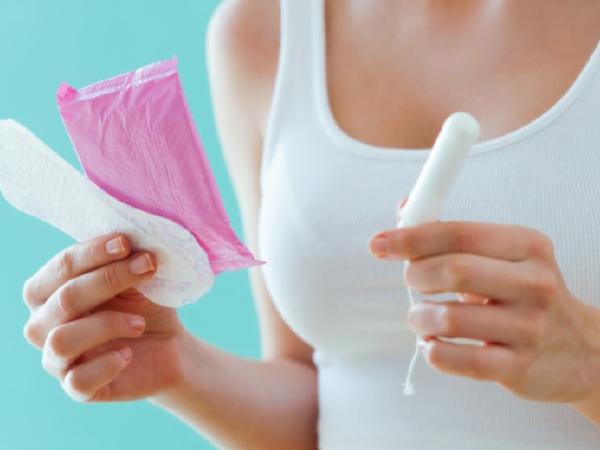
Postpartum fluorography
Women in the postpartum period, this procedure for menstruation is absolutely contraindicated for several reasons:
- Recovery of a hormonal background. The fact that a woman has had her period after giving birth is an obvious sign: the recovery processes are going right and the hormonal system is returning to normal. At this time, any intervention, including irradiating, can upset such a balance.
- Stress. During pregnancy and childbirth, the female body experienced great stresses that affected all systems. Therefore, it will take some time to restore it, as a result of which it is better to refrain from medical examinations within six months, which may affect this important process.
With lactation
In addition, if a woman is in a lactation period, this is also an occasion to refuse to perform fluorography. Such a study may affect the composition of breast milk.
Any irregularities in the menstrual cycle and the functioning of the reproductive system are a reason to play it safe. Unless, of course, there is an urgent need to do such a diagnosis.
We continue to consider the pros and cons of fluorography during menstruation.
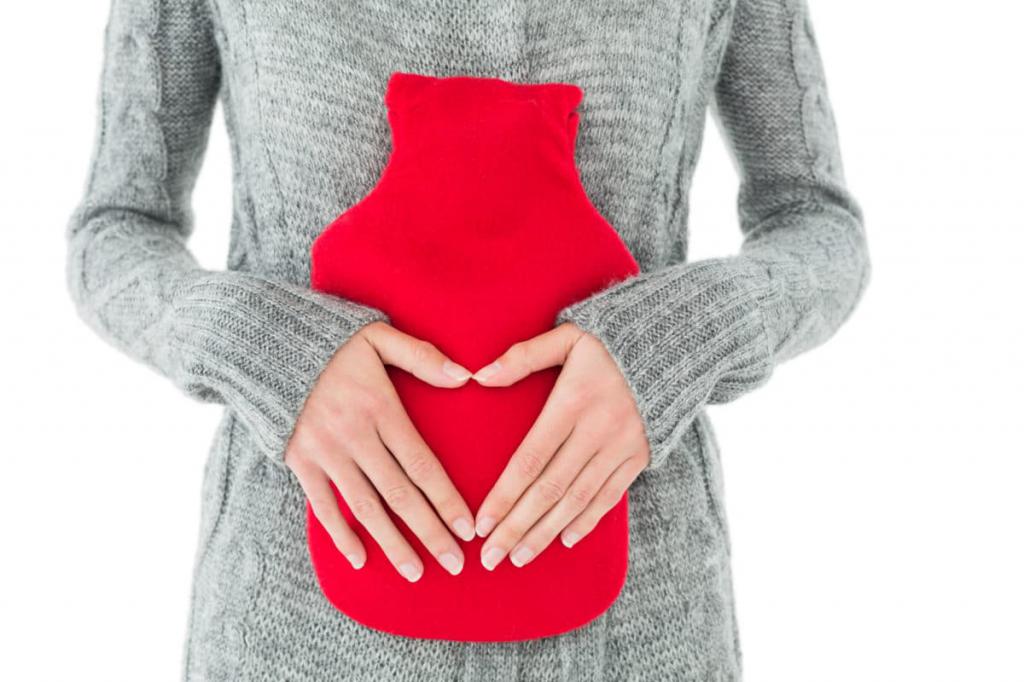
Indications for research during menstruation
Fluorography is prescribed, despite menstruation, in the following situations:
- If the patient suspects the development of pulmonary tuberculosis, any other serious pulmonary pathology or neoplasm. In such cases, the sooner the result of fluorography is obtained, the sooner therapeutic measures will begin.
- The woman was in contact with a man who is sick with tuberculosis. If he has an accurate diagnosis, the suspicion of infection is natural. Along with special laboratory tests, fluorography is also performed.
- The patient is constantly in contact with people infected with tuberculosis - for example, when a loved one is sick, whom she is caring for. In this case, the best method of prevention is to constantly monitor the condition of the lungs.
- In the area where the patient lives, an outbreak of tuberculosis is noted - then a TB doctor or therapist insists on a mandatory examination of the entire population and a woman’s menstruation is not a reason to cancel such an examination.
We examined whether it is possible to do fluorography with menstruation.